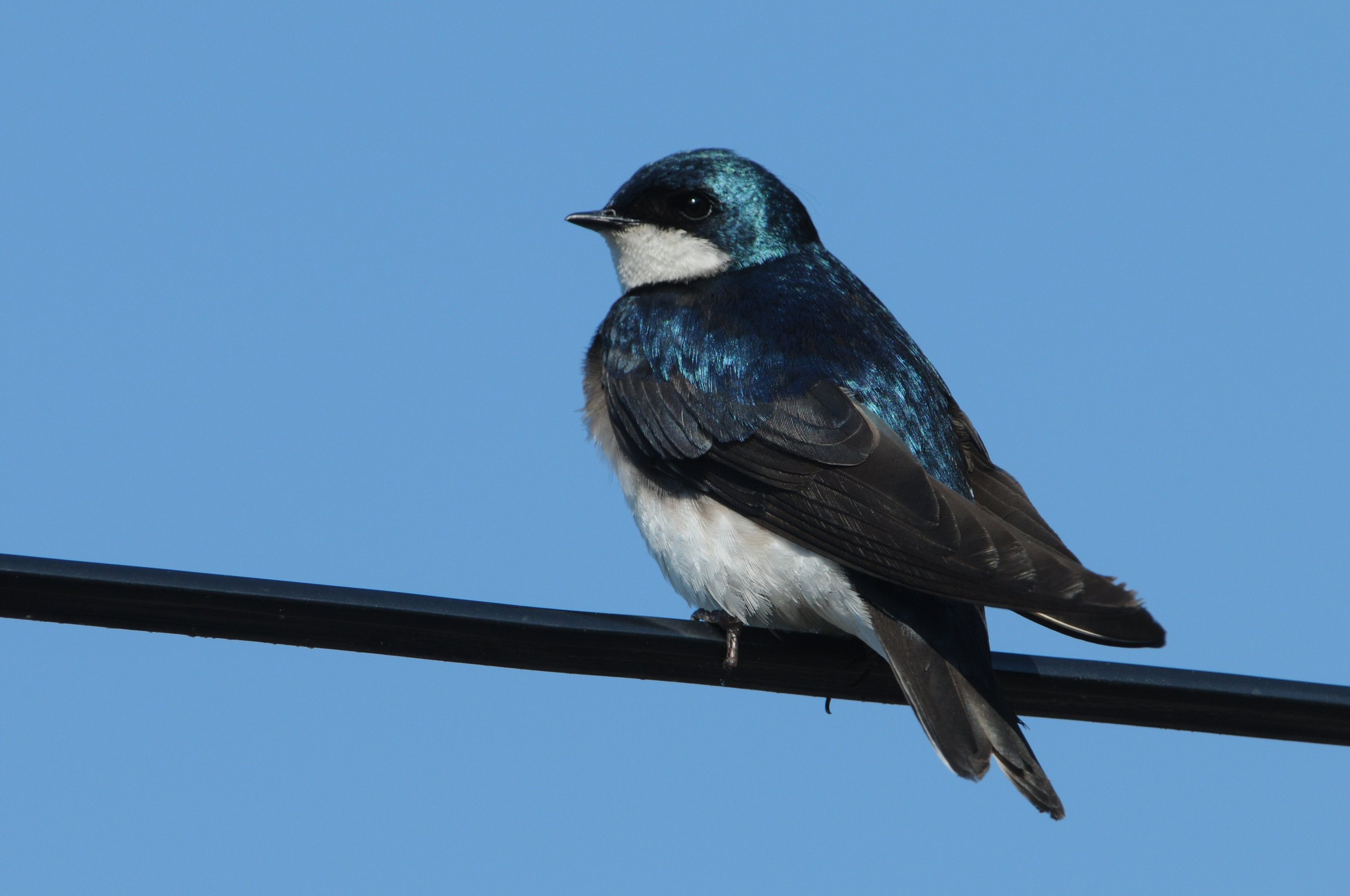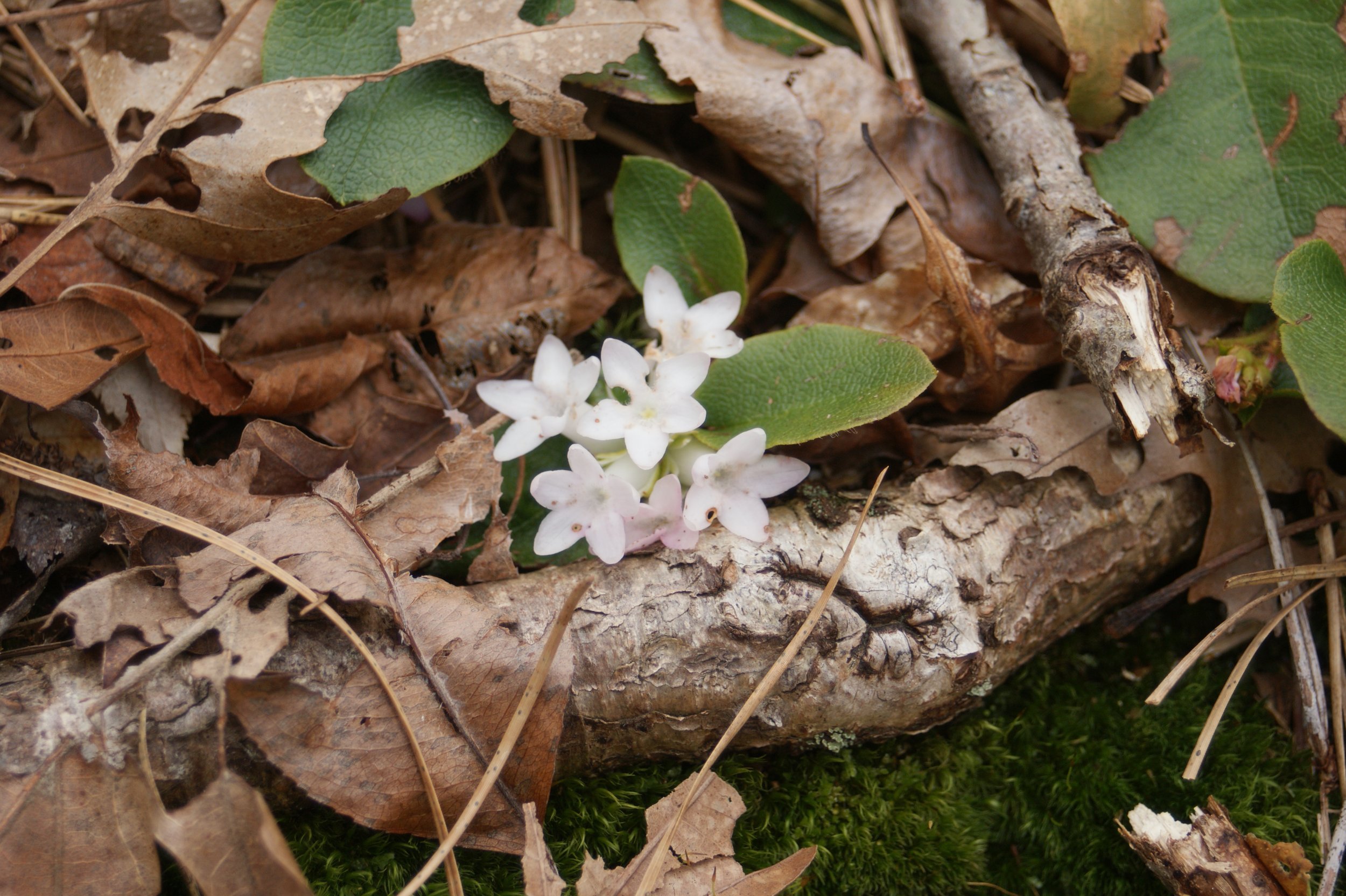Wildlife and plants found in Goose Pond Forest and Goose Pond.




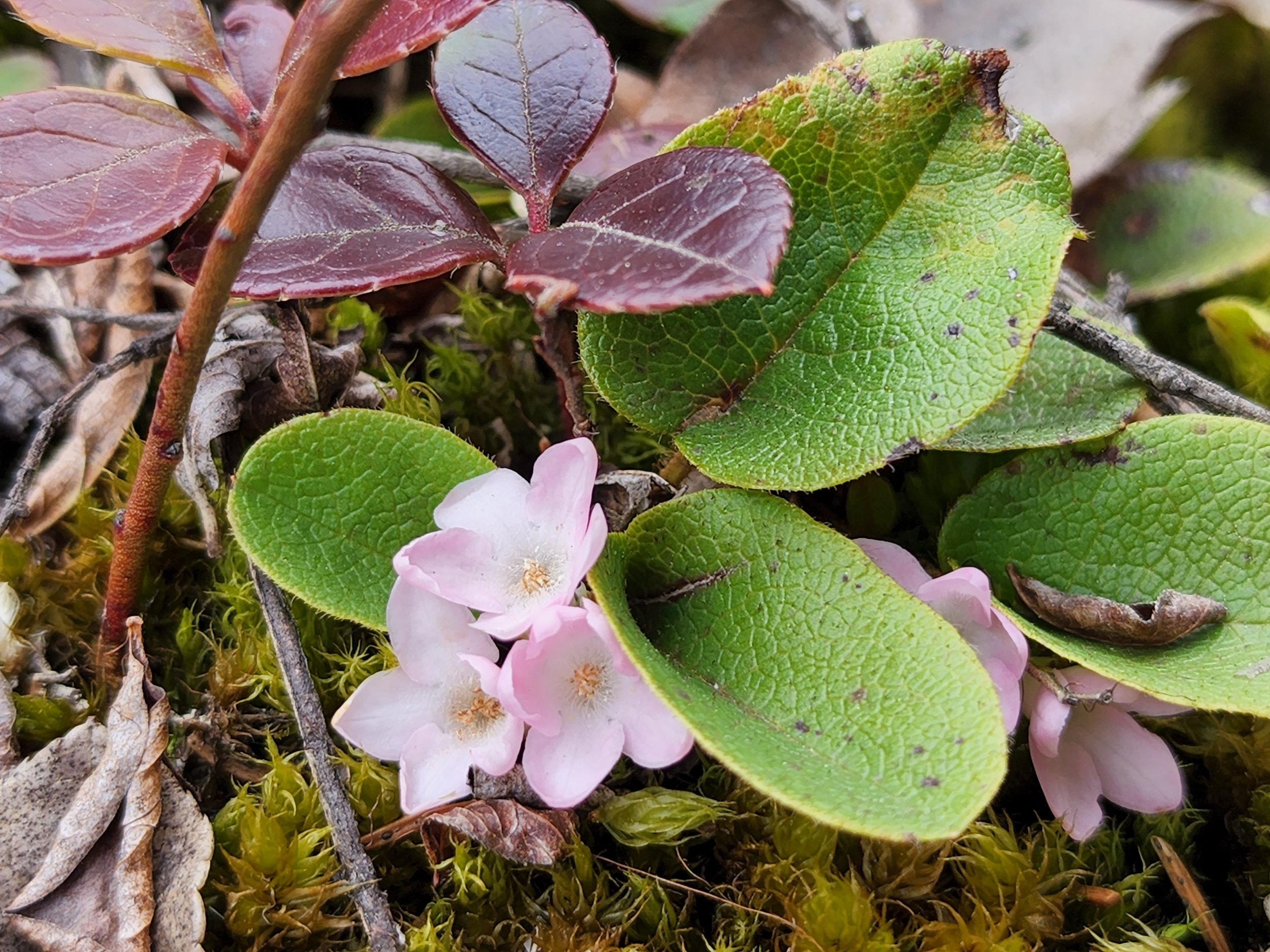
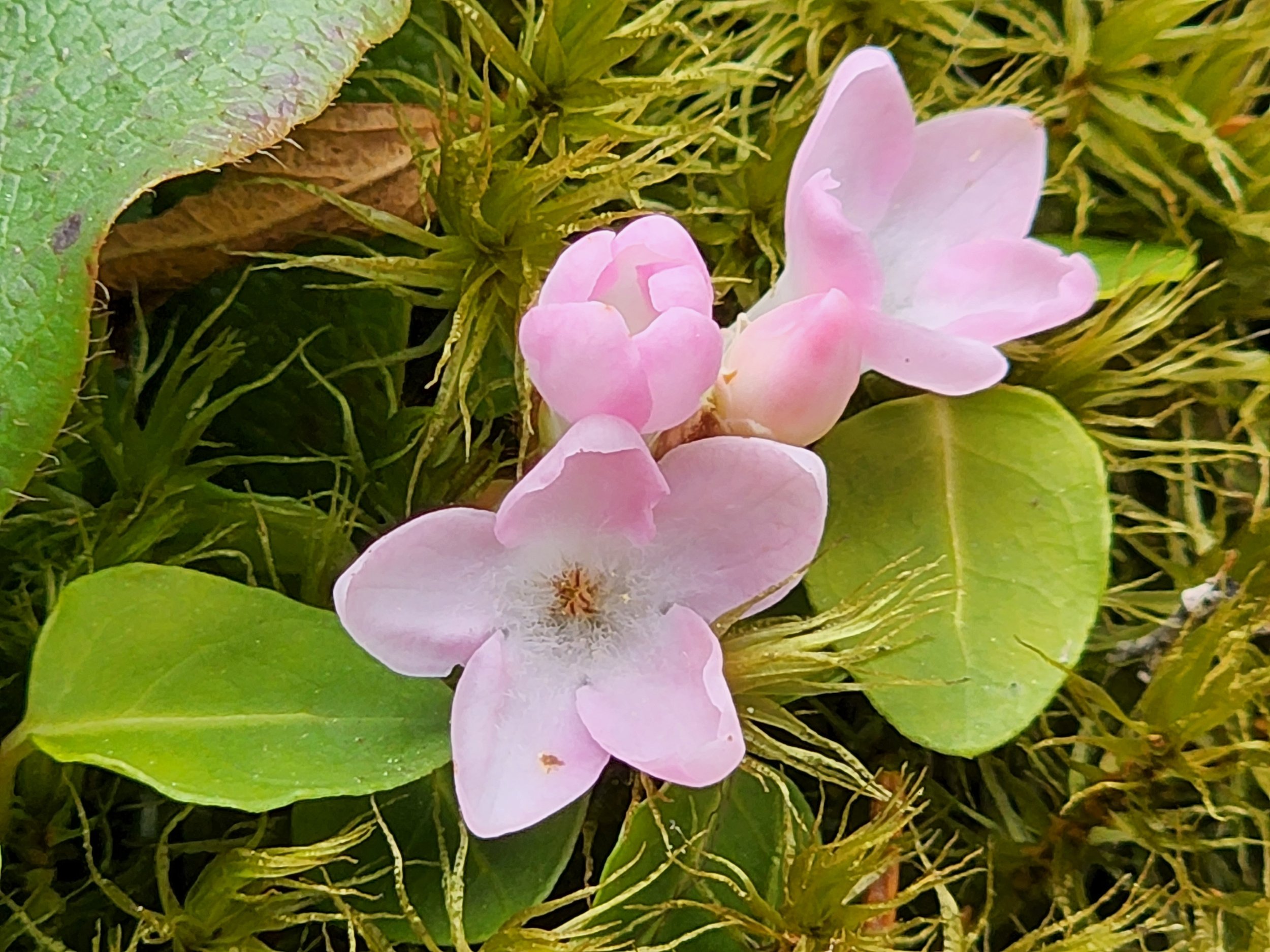

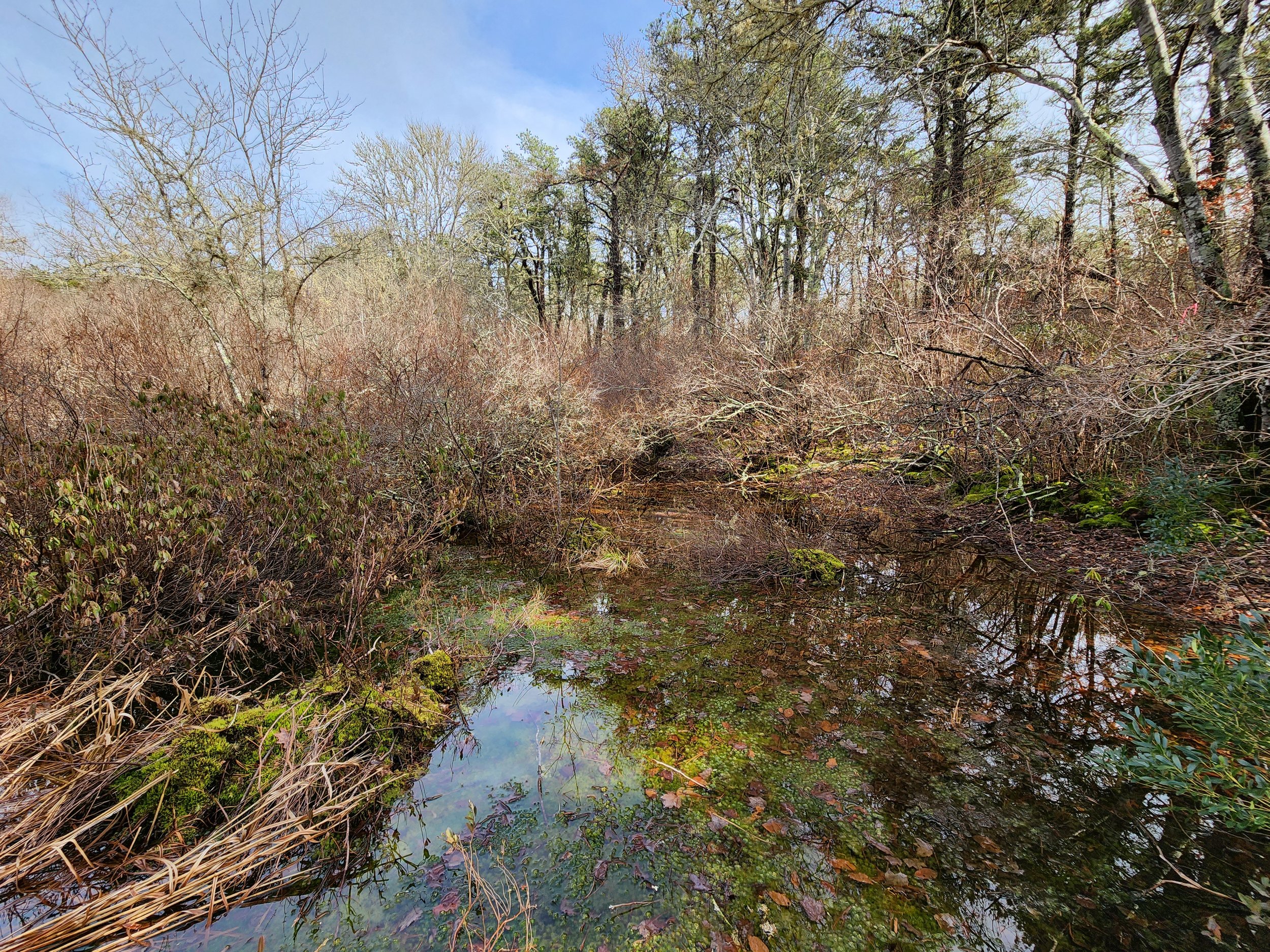


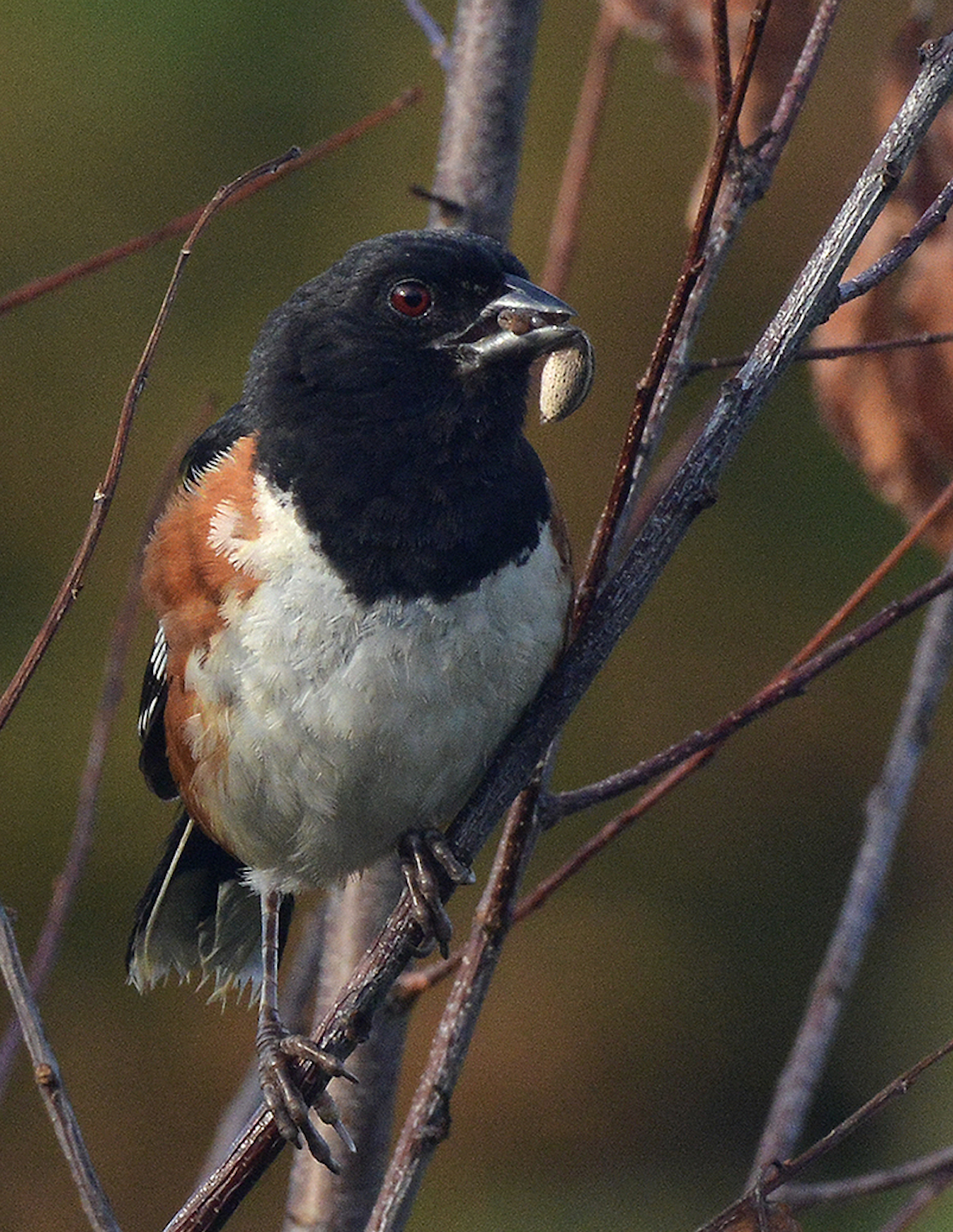
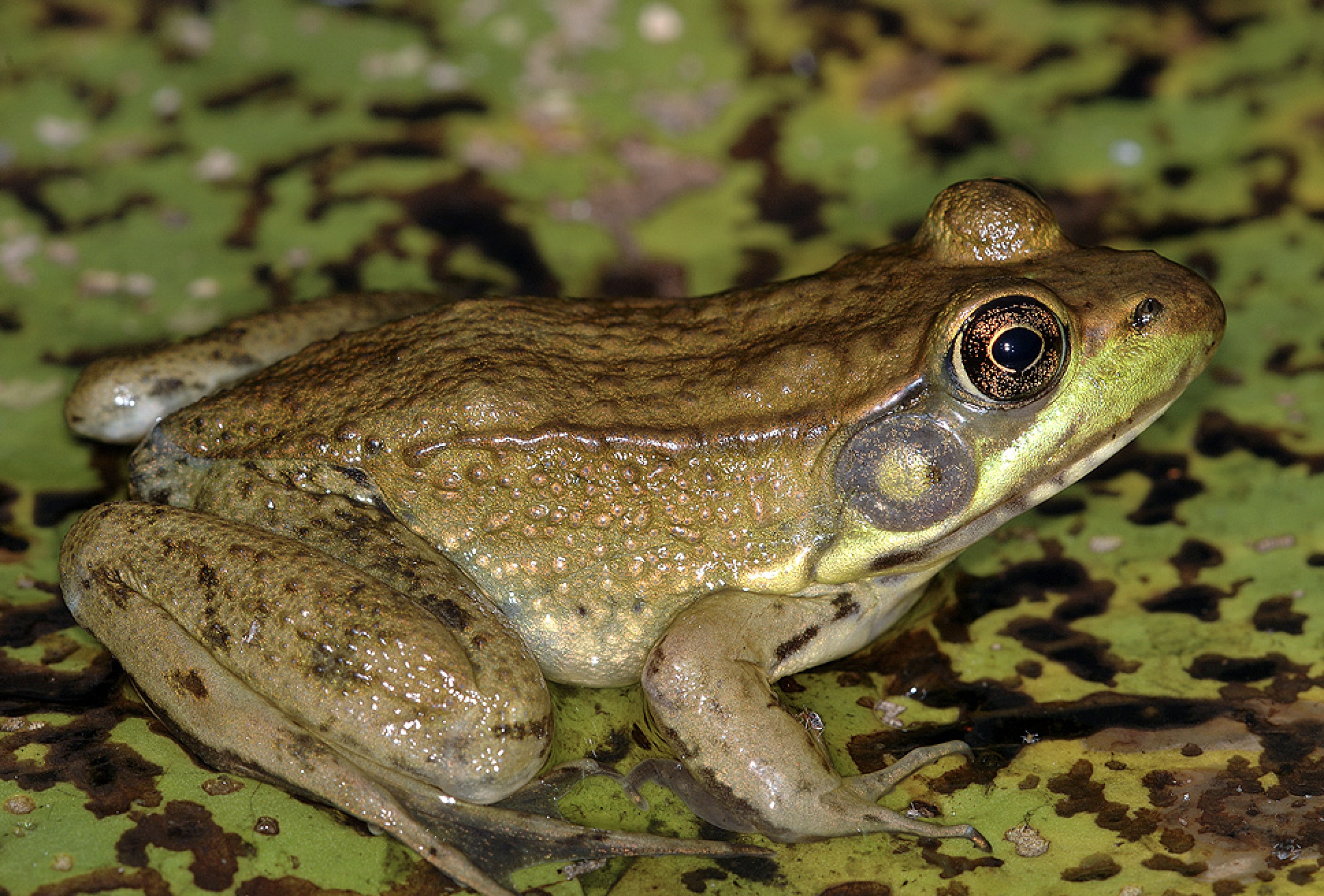




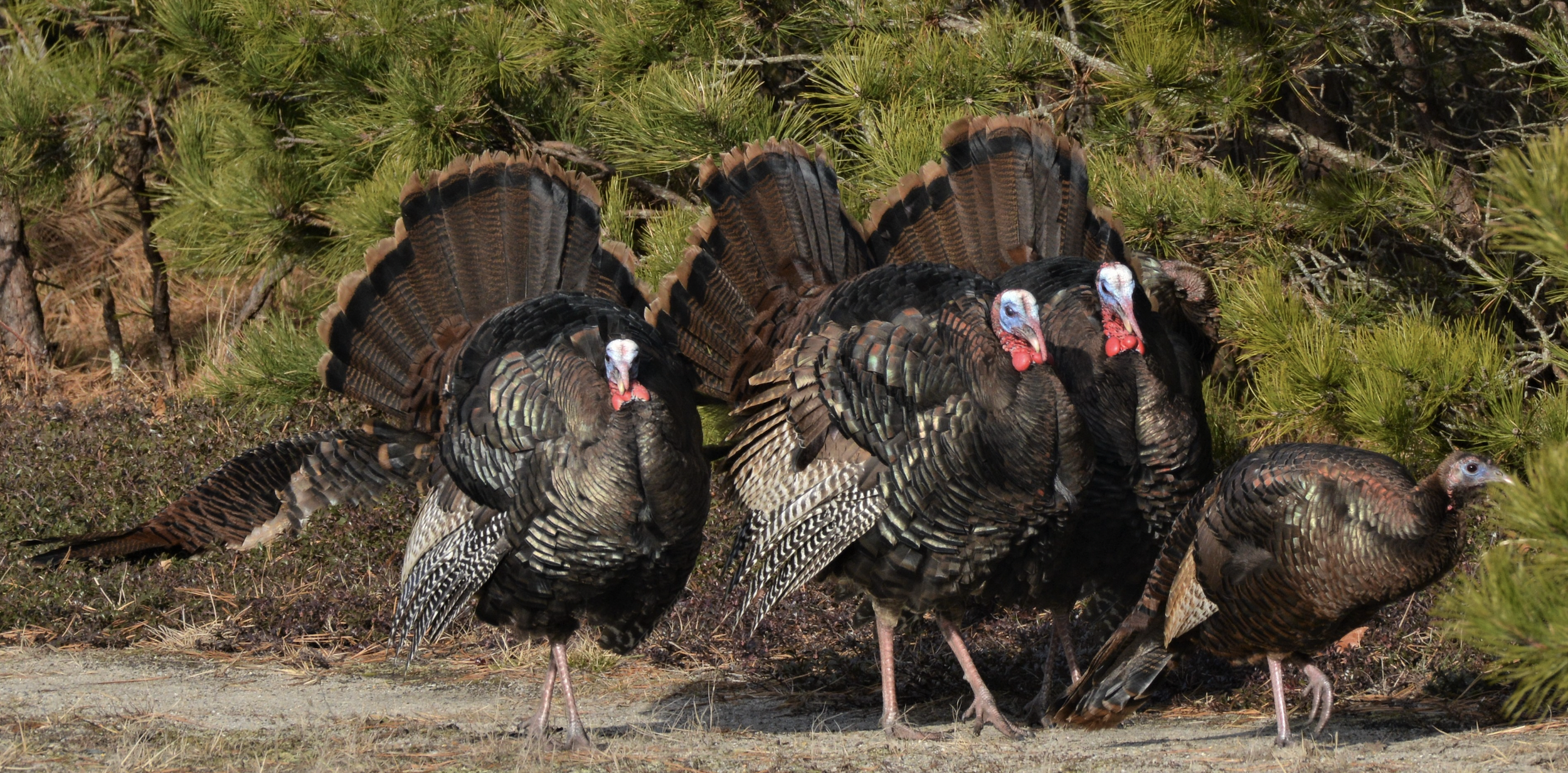

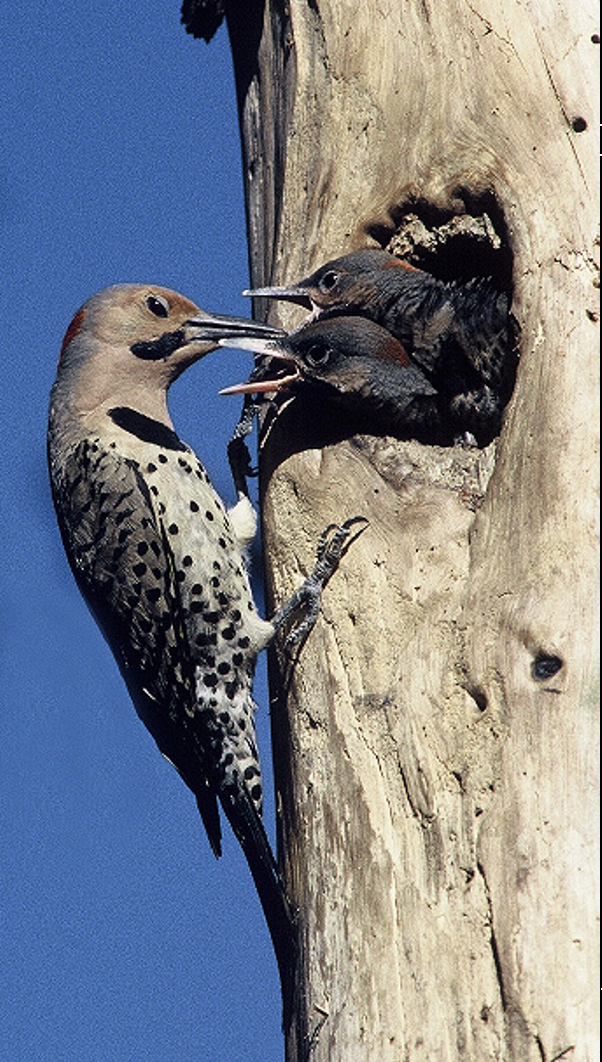

Goose Pond Forest is one of the few significant remnants of forest in the town of Chatham and is an oasis to a variety of plant and animal species that continue to be squeezed out by development.
The forest helps protect the water quality of Goose Pond. The pond provides a needed source of food for a variety of creatures, such as river otters and osprey and the fish that sustain them. Musk turtles and snapping turtles make the pond their home and lay their eggs in the surrounding upland. The pond is a winter refuge for waterfowl, such as buffleheads, hooded mergansers, and ringed neck ducks. Most fishermen know that each spring the Commonwealth stocks Goose Pond with trout.
The transition area from Goose Pond to the forest upland is especially valuable to wildlife. Trees, both live and dead, provide valuable nesting habitat and food for a plethora of bird species, from tiny ruby-throated hummingbirds to the great horned owls. Flycatchers, screech owls, woodpeckers, chickadees, blue jays, titmice all require cavities in dead trees in which to nest. Pesticide-free wild areas provide valuable insect food. The forest is also the natural habitat for small mammals, and larger animals such as white-tailed deer, raccoon, opossum, fox, and coyote.
Many state-listed species at risk of extinction rely on forested areas to support their populations. They include the eastern box turtle, whip-poor-will, Scarlet Bluet, and Pine Barrens Bluet.
Within the forest there are small, isolated wetlands that likely serve as special vernal pool habitat that support creatures that depend on these unique wetlands for their life cycle, such as wood frogs, spotted salamanders, and fairy shrimp.
Goose Pond Forest is an uncommon find of native plants in a pitch pine-oak forest community with very little occurrences of non-native invasive species. Here, you will find the state flower – trailing arbutus that flowers May through June. The forest understory is huckleberry, low bush blueberry, and highbush blueberry that support insects such as the blue spring azure butterfly. Mosses and lichens, beech trees and white pines, white and red oaks, and so much more make up this forest community.
These photographs were taken by Fred Atwood and Kristin Andres.


















